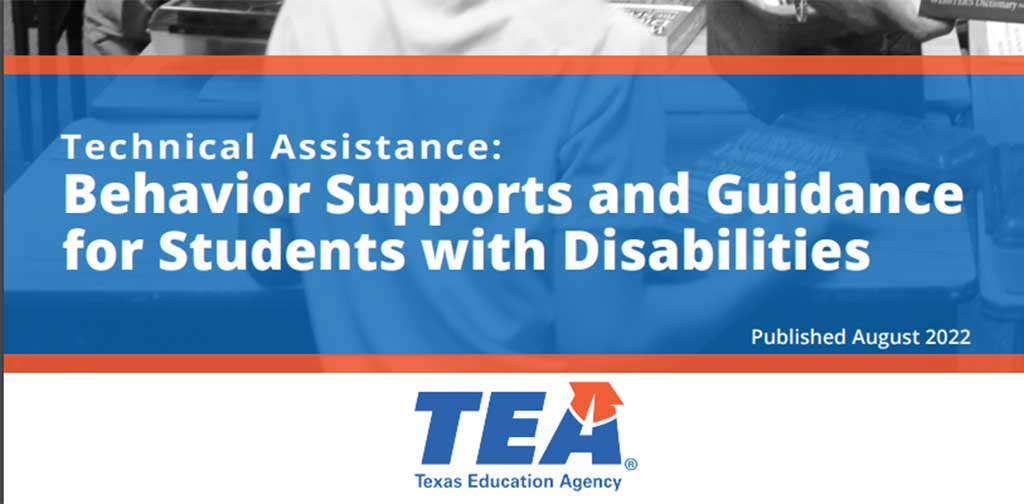The Office of Special Education and Rehabilitative Services (OSERS) announced this month its release of a Question and Answer (Q&A) document addressing the Endrew F. decision. OSERS is issuing this Q&A document to provide parents and other stakeholders information on the issues addressed in Endrew F. and the impact of the Court’s decision on the implementation of IDEA.
The Q&A explains the case and provides a summary of the Court’s final decision and prior case law addressing the FAPE standard. The document also explains how FAPE is currently defined, clarifies the standard for determining FAPE and addresses how this ruling can support children with disabilities.
Endrew F. v Douglas County School District deserves attention because for the first time in nearly 35 years, the Supreme Court of the United States has addressed the legal standard by which courts determine whether a school district has provided a student with a disability a “free appropriate public education” (FAPE) through an individualized education program (IEP) under the Individuals with Disabilities Education Act (IDEA).
Specifically, in Endrew F. v. Douglas County School District RE-1, No. 15-827 (U.S. March 22, 2017), the Court held in a unanimous opinion authored by Chief Justice John Roberts that, “[t]o meet its substantive obligation under the IDEA, a school must offer an IEP reasonably calculated to enable a child to make progress appropriate in light of the child’s circumstances”.
The student in Endrew F. was a child with autism. His parents grew dissatisfied with the IEPs offered by their district and the student’s progress under those IEPs, and ultimately placed the student in a private school for children with autism. The dispute ended up in litigation.
The district court and the Court of Appeals for the Tenth Circuit applied the Circuit’s FAPE standard which interpreted Rowley (Rowley v. Board of Education*, 458 U.S. 176 (1982) as requiring that an IEP be reasonably calculated only to produce educational benefit that was “merely more than de minimis” progress, and ruled for the school district. At the Supreme Court, the school district urged the Court to affirm the lower courts’ rulings in its favor and argued that the IDEA requires only that IEPs provide “some benefit, as opposed to none.”
The Supreme Court, however, rejected the lower courts’ interpretation of and the school district’s argument for the FAPE standard and clarified that the IDEA, as “a general standard…requires an educational program reasonably calculated to enable a child to make progress appropriate in light of the child’s circumstances,” which is “markedly more demanding than the ‘merely more than de minimis’ test”.
The new standard articulated in Endrew F. is meant to be a more generally applicable standard, with the understanding that each case is necessarily fact specific, as students with disabilities each have unique needs and circumstances, and there can be no bright-line rule governing the appropriateness of all FAPE cases.
OSERS look forward to receiving additional questions and comments related to the Q&A and the Endrew F. decision by email at EndrewF@ed.gov.
To read the Q&A document (9 pages and 20 questions and answers), please visit https://www2.ed.gov/policy/speced/guid/idea/memosdcltrs/qa-endrewcase-12-07-2017.pdf?utm_content=&utm_medium=email&utm_name=&utm_source=govdelivery&utm_term=
* The Supreme Court addressed the FAPE issue for the first time and held that, in determining whether a school district has provided a student FAPE a court must inquire first, whether the district has complied with the IDEA’s procedural requirements and second, substantively, whether “the [IEP] developed through the Act’s procures [was] reasonably calculated to enable the child to receive educational benefits”.
Sources:
Excerpts from https://www.jdsupra.com/legalnews/supreme-court-clarifies-fape-standard-32783/



